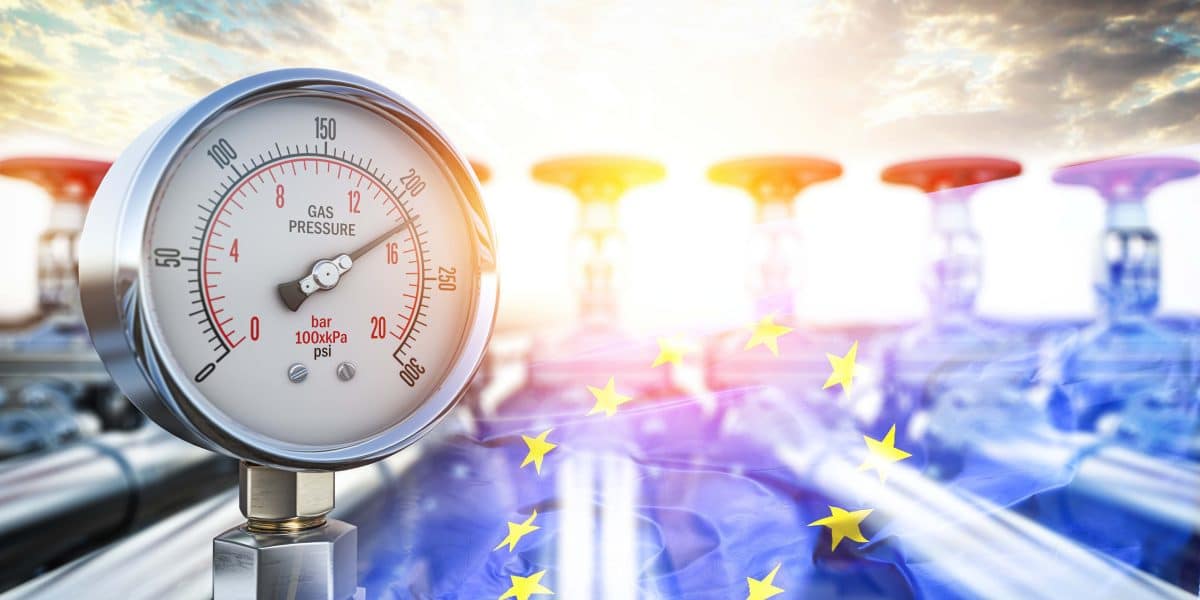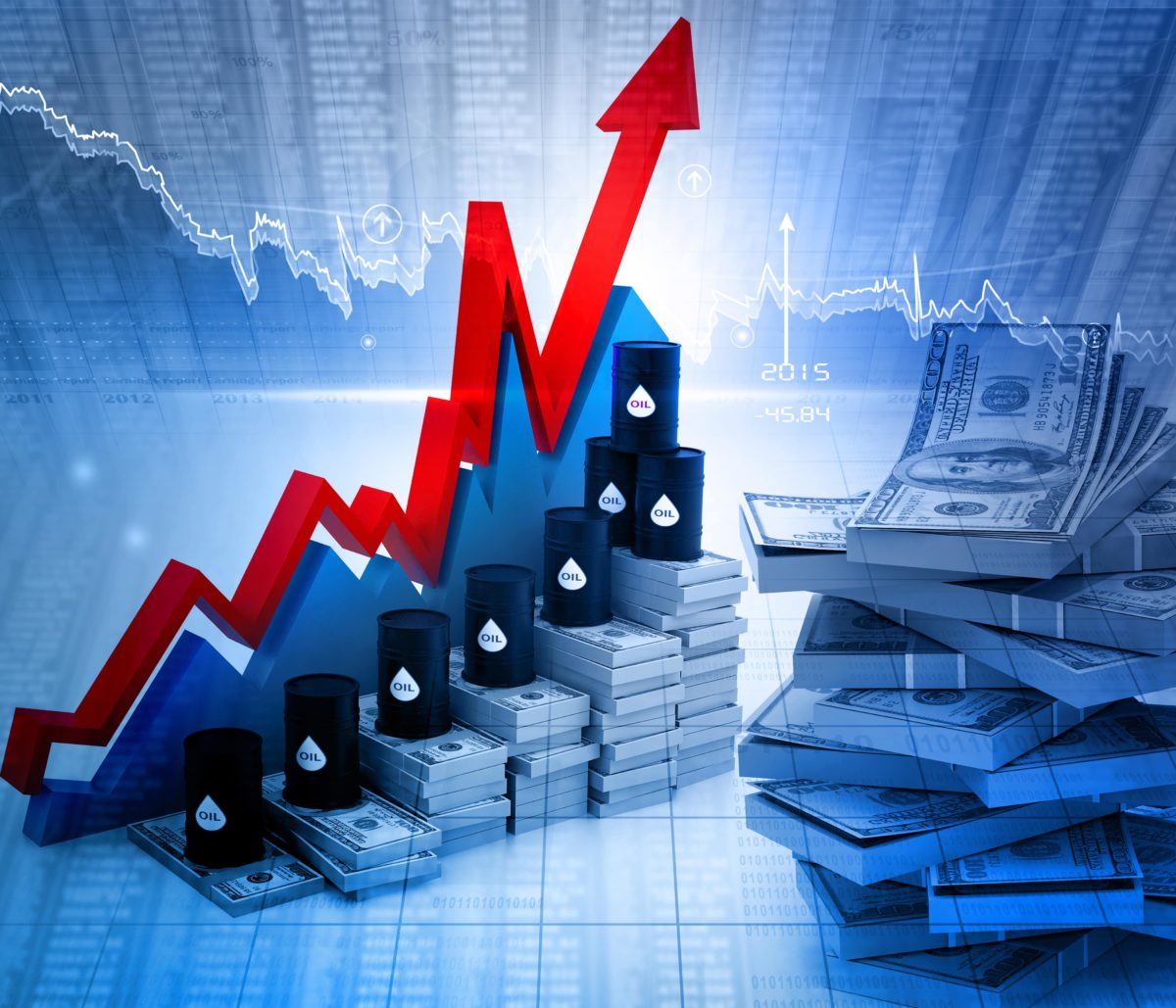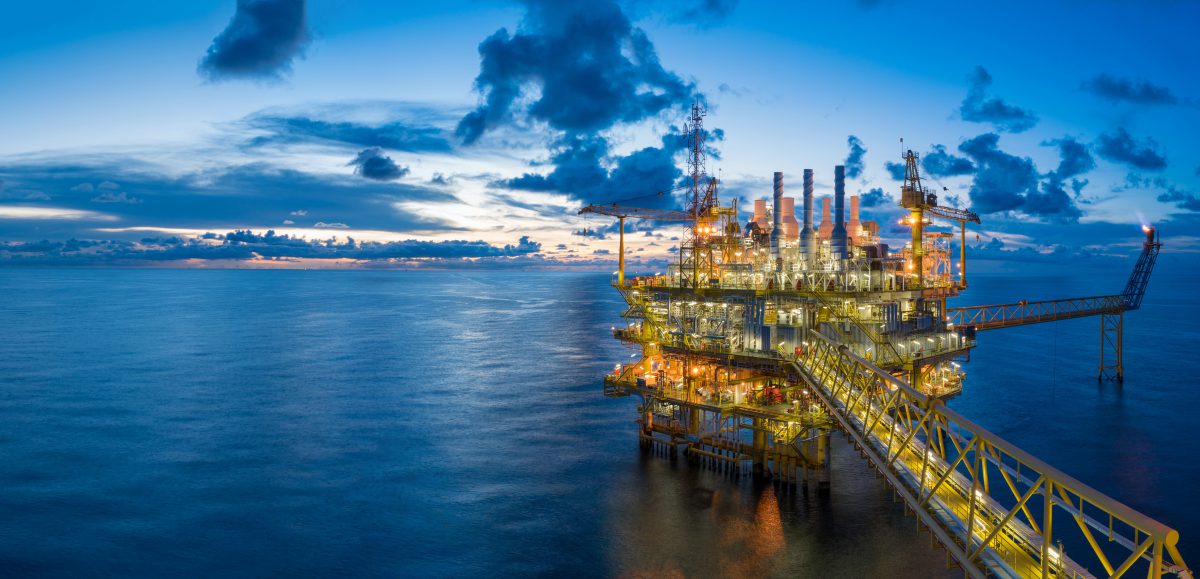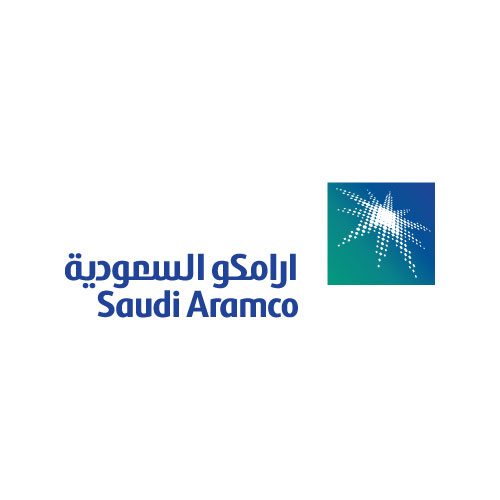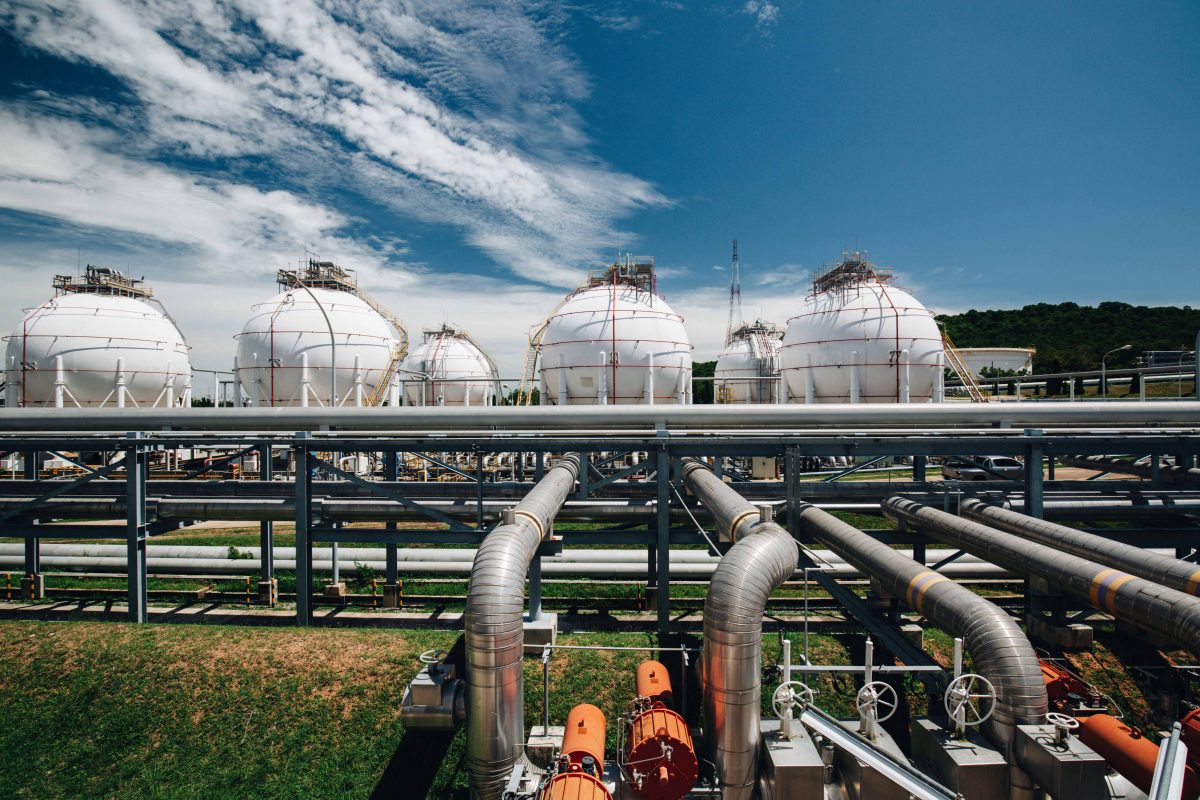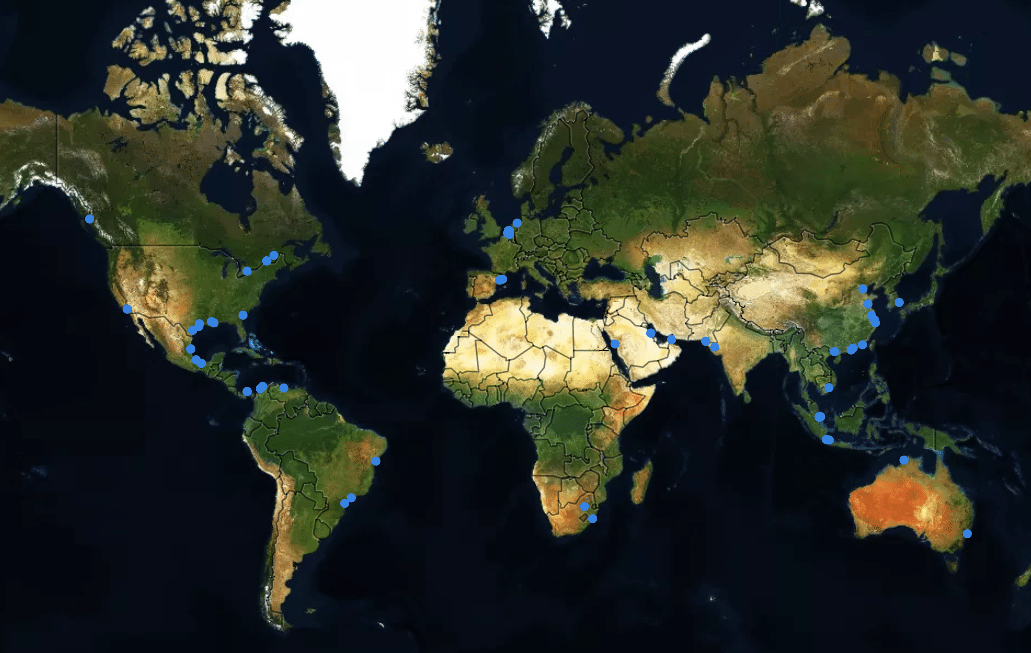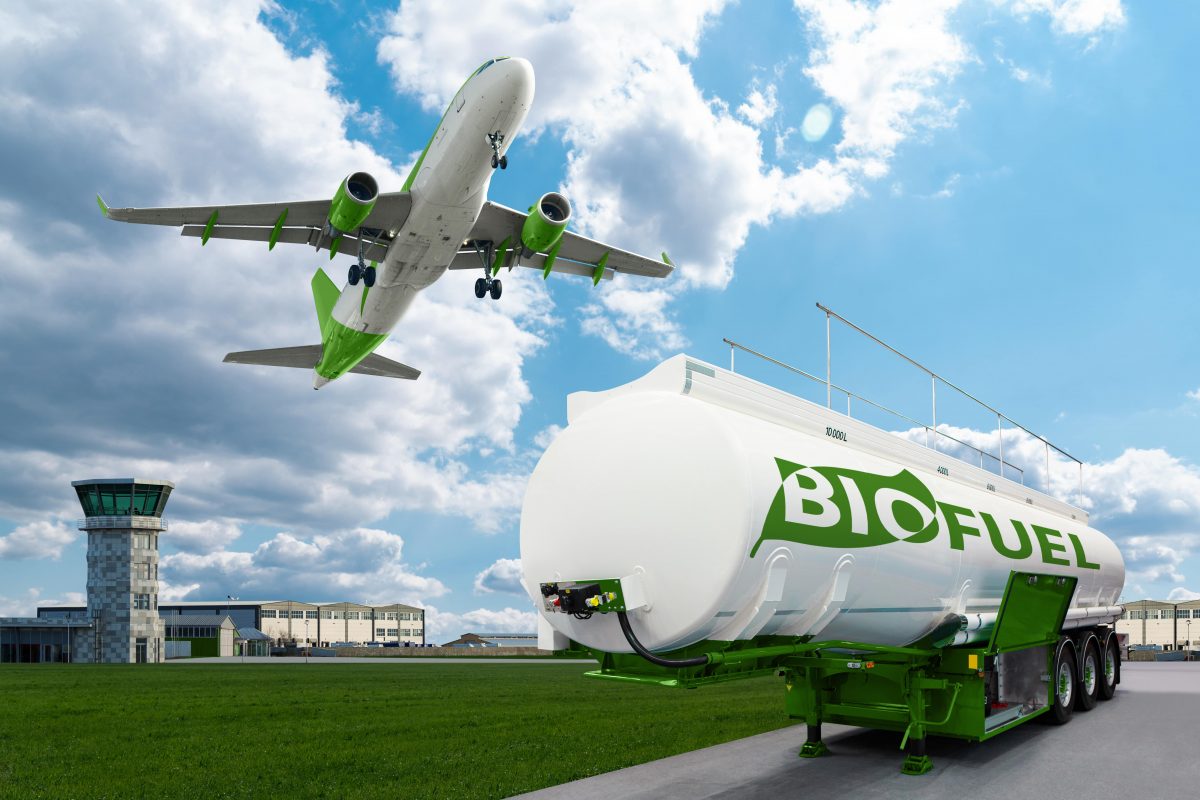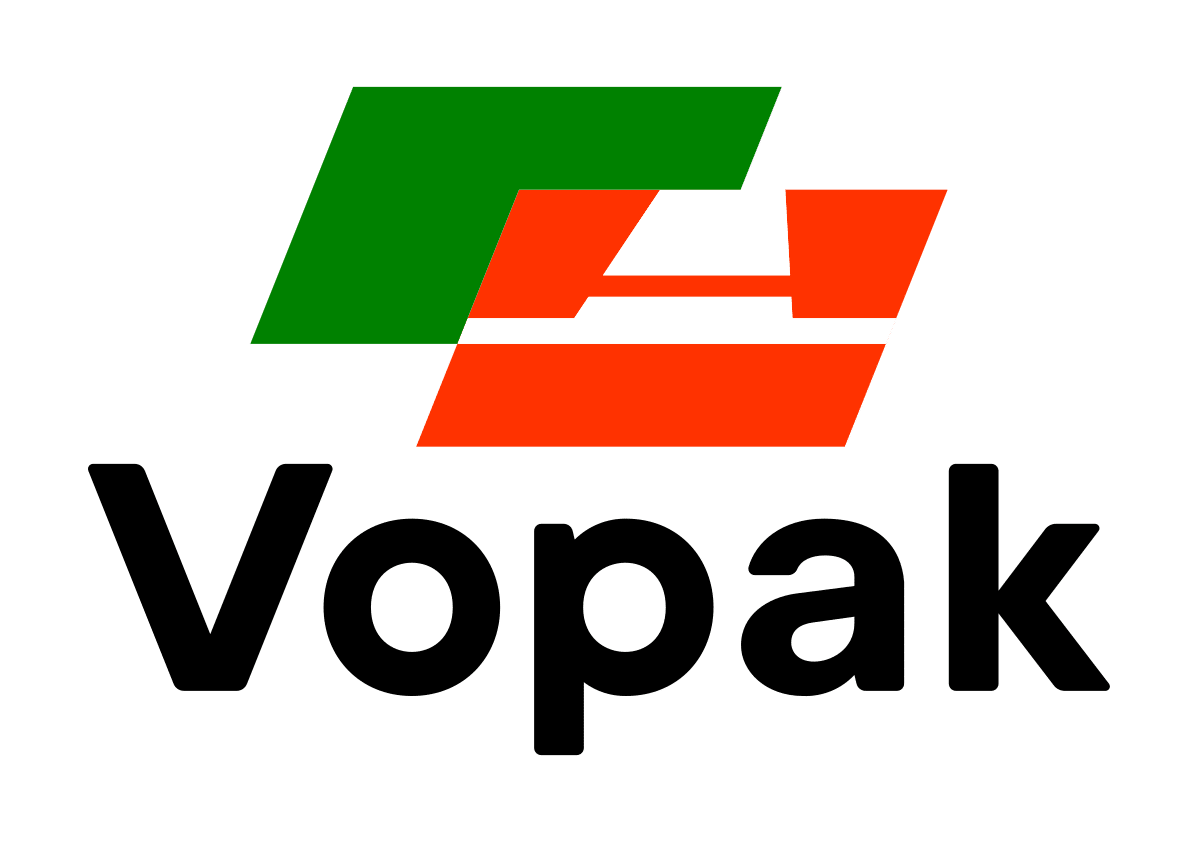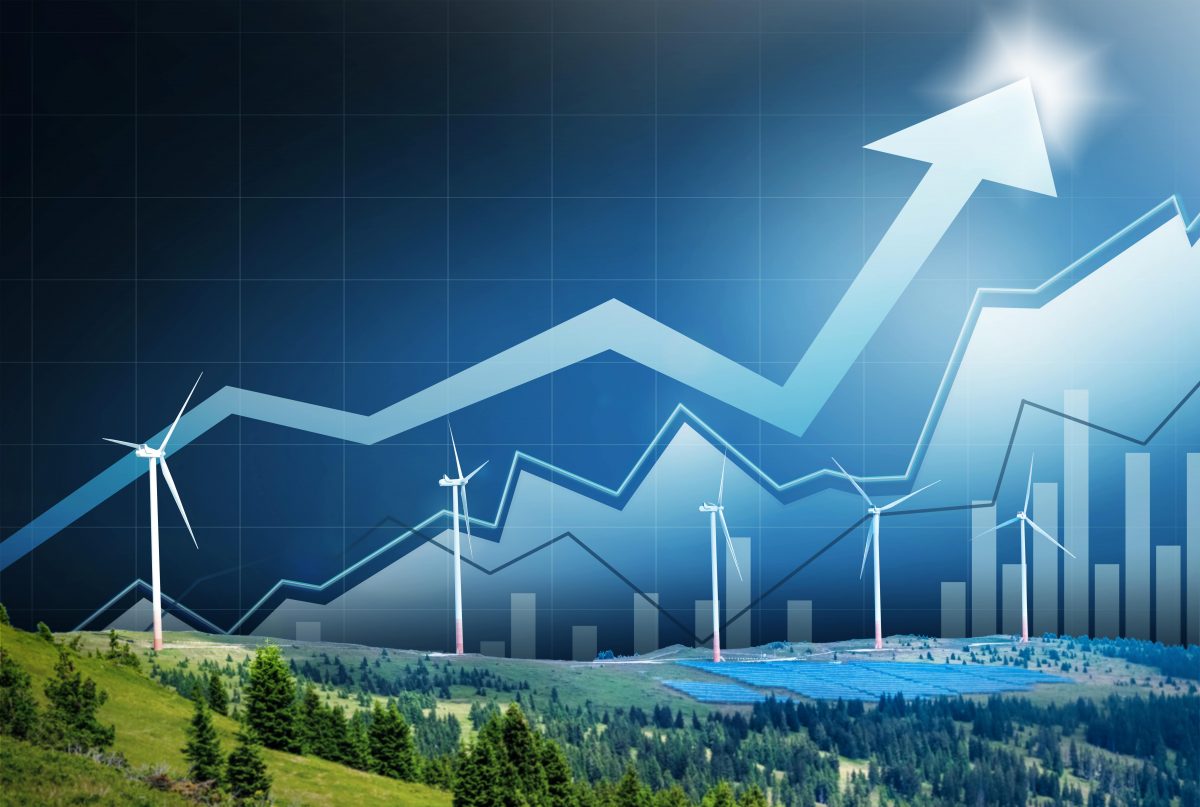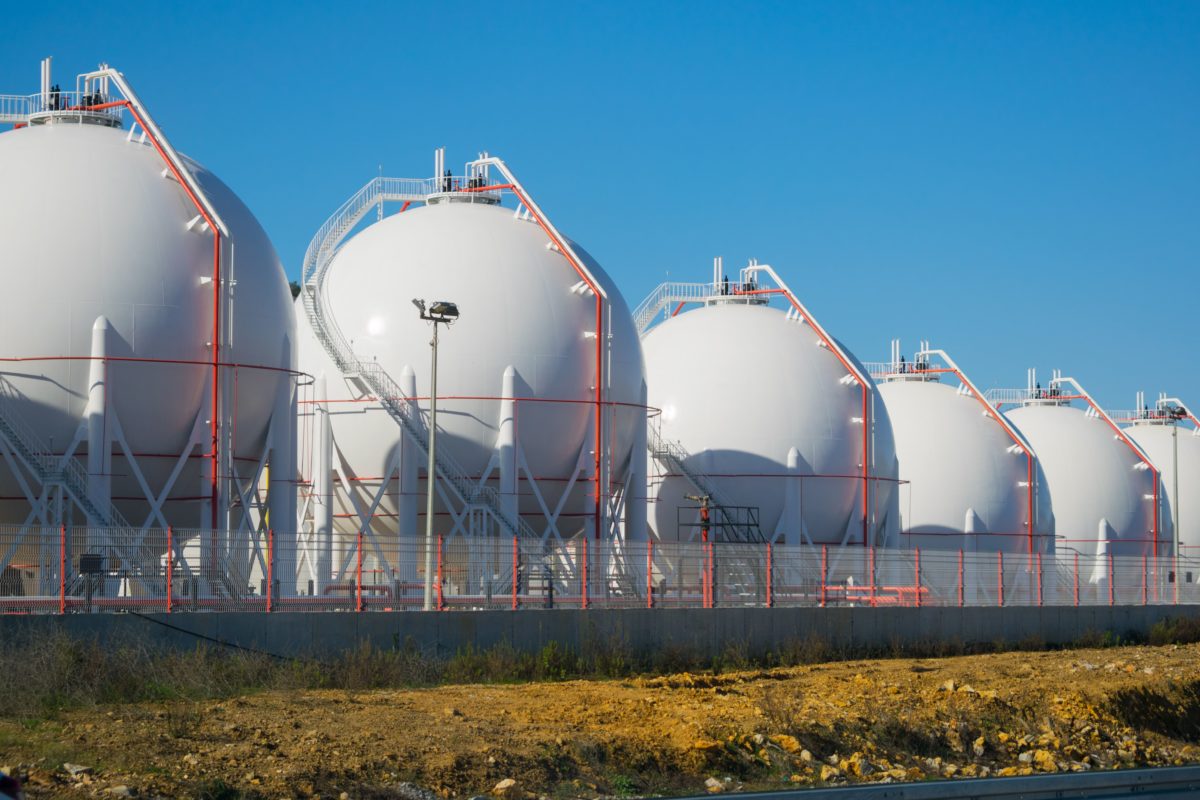Despite a production cut extension by OPEC, the oil market remains oversupplied.
The outcome of OPEC’s meeting on June 2 does not obscure our view that it still operates from a position of weakness in an oversupplied oil market.
OPEC extended three production cuts further into 2025, for a total cut of 5.86 million barrels per day. Importantly, OPEC signaled in this announcement that the monthly increases phasing out the production cut can be “paused or reversed subject to market conditions”—in other words, if the market remains oversupplied.
On the gas side, we think the European storage and gas outlook remains strong. European storage levels remain at extremely healthy levels, while gas prices are near levels before the Ukraine/Russia conflict began. The challenge for the EU is now maintaining this relatively healthy status quo.
Much of the work by the EU is now focused on optimizing the cost structure for the EU gas pipeline system, including figuring out what to do with pipelines that formerly moved Russian gas.
3 Key Themes for the Oil & Gas Industries
Oil prices look weak, and we expect more weakness. On a quarterly basis, oil prices look weak, and we expect continued weakness, with $65-$70 a barrel (West Texas Intermediate) a likely possibility in 2024, if not lower. We see the OPEC production cut extensions (most of which now go through the end of 2025) as a sign of weakness, not strength. Further, Saudi Arabia is selling almost $12 billion of stock in state-run Aramco, indicating both its need for cash to fund Vision 2030 efforts and its inability to defend oil prices.
Gas prices spike due to production cuts. We mainly attribute recent strength in gas prices to US producers cutting near-term gas production in response to weak prices. The timing of the production cuts was well-timed. The market’s attention has now shifted to growing 2025 gas demand coming from new US liquefied natural gas terminals and potential US gas growth from artificial intelligence and data center demand by 2030. We estimate incremental gas growth between 7 billion and 16 billion cubic feet per day by 2030.
Energy stock performance driven by mergers and acquisition and AI. The US energy space outperformed the market this past quarter. We attribute this outperformance to a string of M&A announcements that have been favorably received by the market, including Diamondback FANG/Endeavor and ConocoPhillips COP/Marathon MRO on the oil side. On the gas side, we think that higher US gas prices and the increasing potential of AI and data center demand has contributed to strong performance for both US gas producers and gas-oriented US midstream firms.
Our Forecasts: Oil & Gas Industries
We remain more bearish on US oil rig count and oilfield drilling activity in the near to medium term.
Rig count has been a bit stronger than expected since our last forecast. Producers have been keeping oil drilling activity higher than expected to recover from lower-than-expected production during the winter caused by severe weather. We expect this strength will continue for at least another quarter until producers make up lost production.
Over the medium term, we expect ongoing drilling and rig count efficiencies amid continuing industry consolidation, particularly as private operators can no longer pursue growth under public ownership. ExxonMobil XOM and APA APA each closed deals for Pioneer and Callon, while Chevron CVX and Diamondback are working to close Hess HES and Endeavor. Of course, the recent Marathon/ConocoPhillips deal could add further production efficiencies.
By; Morningstar , Stephen Ellis / Jun 11, 2024

